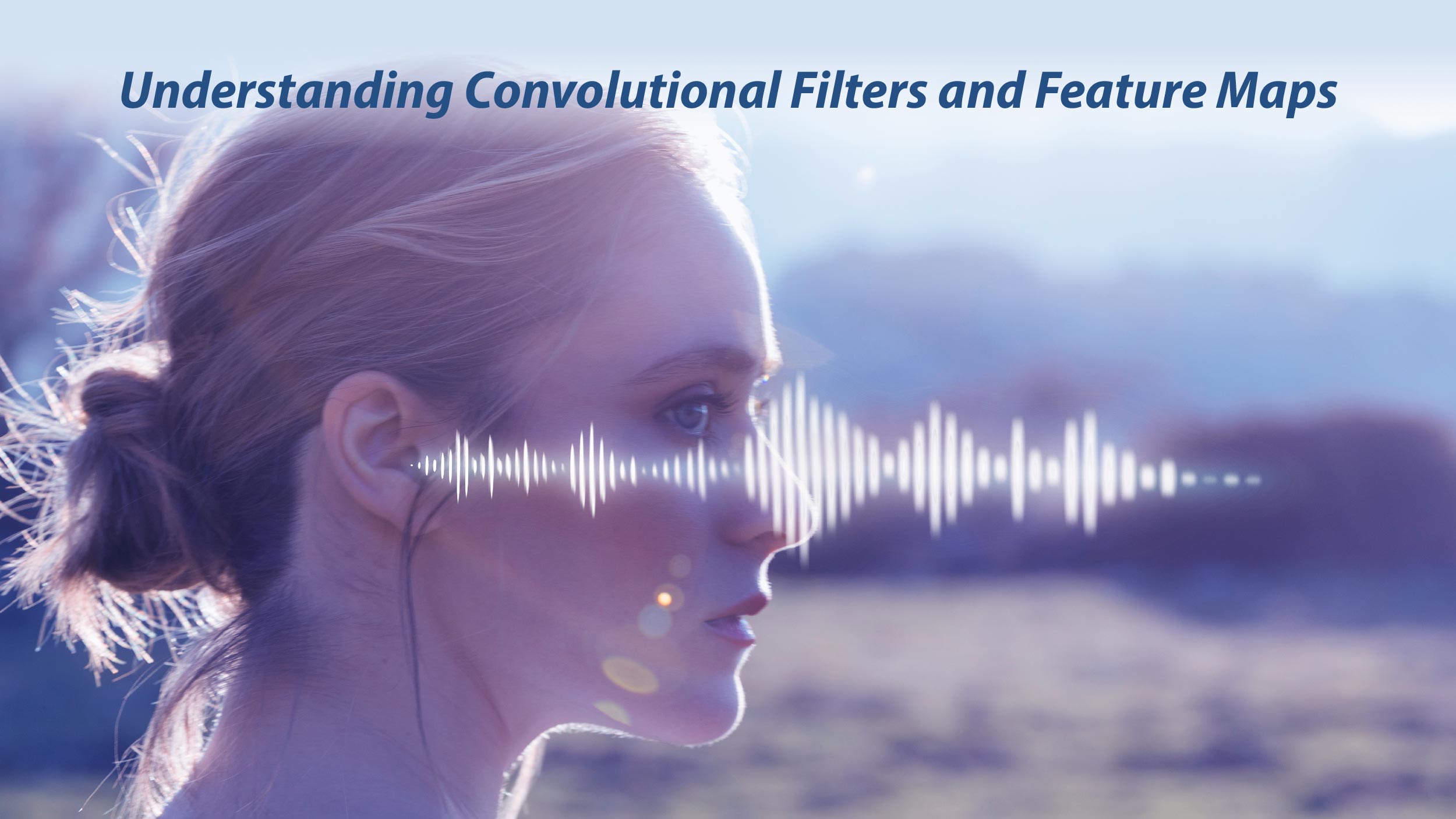Convolutional neural networks (CNNs) have emerged as one of the most powerful tools in the field of artificial intelligence (AI). These networks have revolutionized how we process and analyze visual data, enabling machines to achieve human-like perception and understanding. From classifying images to detecting objects and understanding natural language, CNNs have become the go-to technology for a wide range of AI applications. In this comprehensive guide, we will take you through the basics of CNNs, their architecture, training procedures, and advanced techniques such as graph convolutional neural networks. Whether you are a beginner or an experienced practitioner, this guide will equip you with the knowledge and skills needed to unlock the full potential of CNNs in your AI projects.
What Are Convolutional Neural Networks?
Convolutional neural networks (CNNs) are deep learning algorithms used for image recognition, classification, and computer vision tasks. CNNs automate feature extraction, learning directly from data, making them effective for various computer vision applications. The fundamental building blocks of CNNs are pooling layers, convolutional layers, and fully connected layers. Convolutional layers apply a set of learnable filters to the input image, which convolves the input and produces feature maps. These feature maps capture varied aspects of the input image viz., textures, edges, and shapes. Pooling layers further downsample the feature maps, reducing the dimensionality and retaining the most important information.
Fully connected layers are responsible for performing the final classification based on the extracted features. These layers take the flattened feature maps as input and predict the probabilities of different classes via the use of activation functions and weight matrices.
Understanding Convolutional Filters and Feature Maps
 Convolutional filters are small matrices that are applied to the input image. They scan the image by sliding across it as well as perform mathematical operations between the filter values and corresponding pixel values. These operations result in a feature map, which represents the presence or absence of specific features in the image.
Convolutional filters are small matrices that are applied to the input image. They scan the image by sliding across it as well as perform mathematical operations between the filter values and corresponding pixel values. These operations result in a feature map, which represents the presence or absence of specific features in the image.
Each filter is designed to detect a specific feature, such as edges, corners, or textures. By applying multiple filters, CNNs can capture various features at different scales and orientations. The size of the filters determines the level of detail that can be extracted. Smaller filters capture finer details, while larger filters capture more general features. The number of filters used in a layer also affects the complexity of the model and its ability to detect diverse features.
Also Read : Why is Human-Computer Interaction Crucial in Today’s Technological Era?
Feature maps are the output of the convolutional layers. Each feature map represents the activation of a specific filter at different spatial locations. By combining multiple feature maps, CNNs create a rich representation of the input image, capturing its unique characteristics.
Understanding convolutional filters and feature maps is crucial for building effective CNN models. In the next section, we will discuss strategies for choosing filter sizes and the impact of different filter architectures on model performance.
Pooling and Stride Techniques in AI Convolutional Neural Networks
Pooling and stride are important components of convolutional neural networks that contribute to their efficiency and effectiveness.
Pooling is a downsampling operation that reduces the dimensions of feature maps by extracting relevant features and disregarding unnecessary details. Common pooling techniques include Max Pooling, Average Pooling, and Sum Pooling. Pooling helps control parameters and prevent overfitting.
Stride determines how the convolutional filters move across the input image or feature maps. It is the step size used in the sliding-window approach. The choice of stride affects the resolution and spatial information captured by CNN.
Both pooling and stride techniques play a crucial role in reducing the dimensionality of the input and extracting relevant features efficiently.
Real-World Applications and Success Stories of Convolutional Neural Networks
 Convolutional neural networks have revolutionized various fields, including medical imaging, autonomous vehicles, agriculture, and the creative industry. In medical imaging, CNNs accurately diagnose diseases like cancer, Alzheimer’s, and cardiovascular diseases, leading to improved patient outcomes. CNNs also play a vital role in autonomous vehicles, enabling object detection, traffic sign recognition, and navigation. In agriculture, these networks analyze satellite images to provide insights into crop health and disease detection, helping optimize production and reduce waste. Lastly, CNNs have applications in generating realistic images, enhancing photo quality, and enabling virtual reality experiences in the creative industry. Overall, CNNs have proven to be a versatile and powerful tool in various domains.
Convolutional neural networks have revolutionized various fields, including medical imaging, autonomous vehicles, agriculture, and the creative industry. In medical imaging, CNNs accurately diagnose diseases like cancer, Alzheimer’s, and cardiovascular diseases, leading to improved patient outcomes. CNNs also play a vital role in autonomous vehicles, enabling object detection, traffic sign recognition, and navigation. In agriculture, these networks analyze satellite images to provide insights into crop health and disease detection, helping optimize production and reduce waste. Lastly, CNNs have applications in generating realistic images, enhancing photo quality, and enabling virtual reality experiences in the creative industry. Overall, CNNs have proven to be a versatile and powerful tool in various domains.
Final Thoughts
Convolutional neural networks have revolutionized multiple industries and demonstrated their immense potential in various real-world applications. From aiding in medical imaging diagnosis to enabling autonomous vehicle navigation, CNNs have significantly improved efficiency, safety, and decision-making capabilities. They are also transforming agriculture by optimizing crop production through the analysis of satellite images and aerial data. CNNs are even making their mark in the creative industry by generating realistic images and enhancing photo quality. With advanced techniques, CNNs can further improve performance and robustness. Embracing the power of CNNs in the AI era can help businesses push the boundaries of innovation.
































